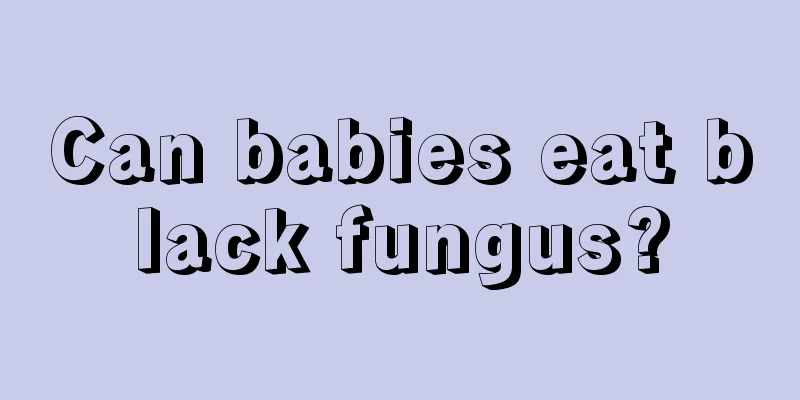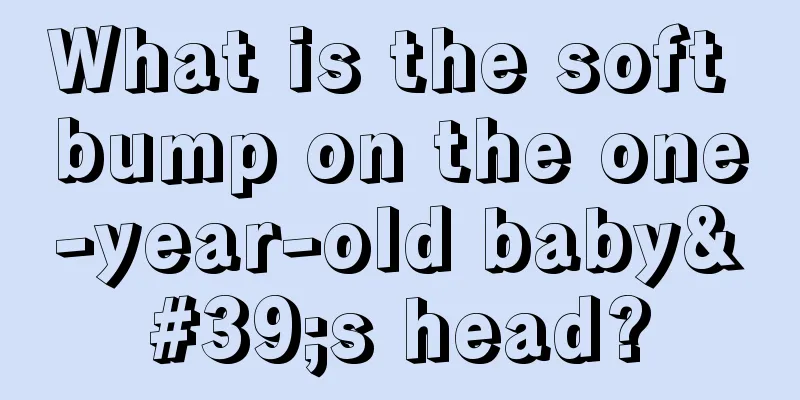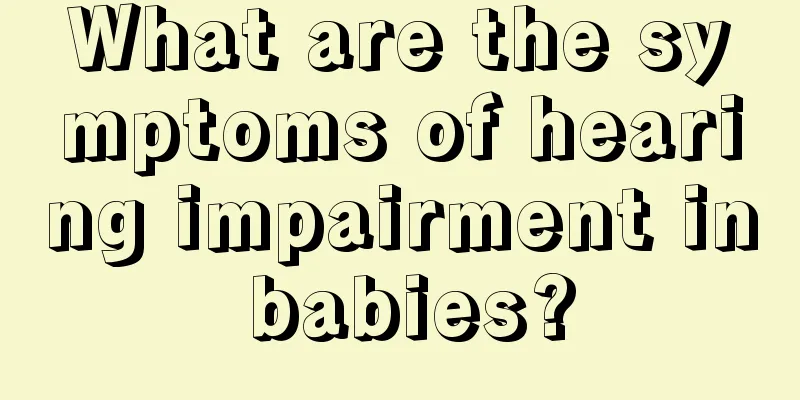Why don’t children change their teeth when it’s time for them to do so?

|
When children reach a certain age, they will start to lose their teeth and then grow new teeth. We call this process tooth replacement. A few days ago, a friend told me that her daughter is in the fourth grade of elementary school but has not started to change her teeth, while other children of the same age have already changed their teeth. She is worried that her child is unhealthy. Next, let’s take a look at the age at which children start to replace their teeth. Tooth replacement is the process of deciduous teeth falling out and permanent teeth growing in. During the growth and development process, there is a permanent tooth germ under the root of each deciduous tooth, which gradually develops and grows. During the eruption of the permanent tooth, on the one hand, it compresses the alveolar bone between the deciduous tooth root and the permanent tooth germ, and through the action of osteoclasts, the bone is absorbed and thinned until it is completely absorbed; on the other hand, it directly compresses the deciduous tooth root, causing it to gradually absorb, become shorter and shorter, until it disappears completely. Then the deciduous teeth begin to fall out and the permanent teeth gradually grow in. Normally, at the age of 6 to 7, the deciduous central incisor (central front tooth) of the mandible begins to shake and fall out, and soon the permanent central incisor grows in its place; at the same time, the first molar grows behind the second deciduous molar. After that, the other teeth were replaced one after another. The permanent monocuspids and bicuspids can only grow out after the deciduous teeth in the same position fall out. By the age of 12 to 13, all the deciduous teeth have fallen out and have been replaced by permanent teeth. Later, permanent teeth will appear. Retained deciduous teeth When deciduous teeth do not fall out when they should, doctors call this phenomenon "retained deciduous teeth". Children should be taken to the hospital for examination and treatment in time. Retained teeth that have erupted but the deciduous teeth have not fallen out should be extracted as soon as possible to avoid affecting the eruption of permanent teeth in the normal position. If the deciduous teeth have not fallen out and the permanent teeth have not erupted after the age of tooth replacement, do not extract them easily. If the permanent teeth are congenitally missing, the deciduous teeth should be kept as much as possible. From the above, it can be seen that if children have not yet lost their teeth when they reach the age of losing their teeth, parents should pay enough attention to it. Pay close attention to changes in your child's teeth, and report any changes to your doctor in a timely manner to avoid unnecessary trouble. |
<<: Prevention and care of neonatal jaundice
>>: What are the best treatments for allergic rhinitis in children?
Recommend
What should I do if I want to change the milk powder for my baby?
Many parents don’t know much about infant care at...
What to do if the newborn still wants to eat after spitting up milk
After a newborn is born, the child's intestin...
How to make sesame paste for babies
A complete guide to making sesame paste for babie...
What are the daily diet arrangements for a one and a half year old baby?
After the baby is born, you will find that as the...
How often should babies swim?
When babies are young, parents need to take good ...
What causes slurred speech?
Most babies start learning to speak at around one...
What should children eat to grow taller?
There are many factors that affect children's...
Is it okay for children to drink water before going to bed at night?
Water is the source of life. Everyone needs to dr...
What to do if your child's lower eyelid turns blue
From the time a child is born to the time he grow...
What to do if a two-year-old child has X-shaped legs
A two-year-old baby has X-shaped legs, which is a...
How is the intelligence of a baby with a single umbilical cord
Many mothers will do multiple prenatal checkups w...
What is the normal armpit temperature for children?
The normal body temperature of our human body is ...
Primary school students breast bulge
During the development process of girls, various ...
What foods are good for children's teeth
Childhood is the period when teeth grow most freq...
Tips on how to deal with yellow teeth in children
Children's yellow teeth make many parents par...









